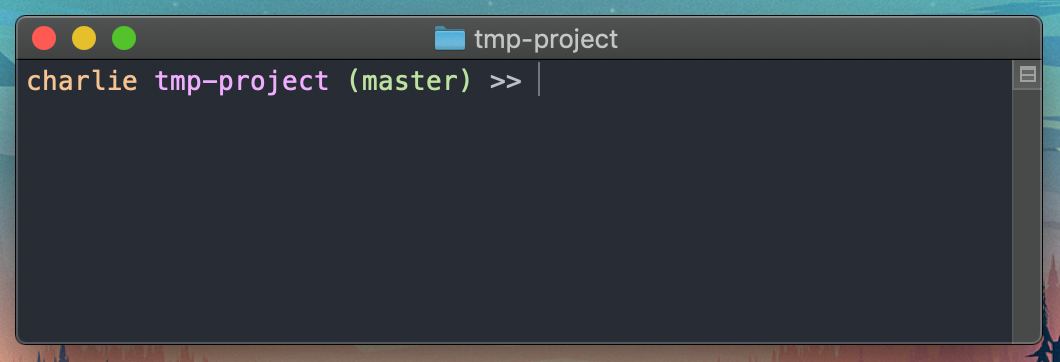

- #Write a program script for command line on mac how to
- #Write a program script for command line on mac software
- #Write a program script for command line on mac code
There are a couple of interesting ones, for example: display and say. If the previous link stops working typing man osascript in the Mac Terminal should give you the explanation.ĪppleScript is a scripting language created by Apple.
#Write a program script for command line on mac code
A really careless act could render your OS X corrupted and/or unbootable.Osascript is a tool that comes with Mac that can execute code written in AppleScript, JavaScriptĪnd maybe a few other languages. A new door is open to create your own scripts, but you should, of course, learn much more about UNIX and scripting before you go wild with this newfound superpower. Once you get the hang of this and learn a whole lot more, you'll find yourself happily creating your own custom scripts-if you decide to learn Bash or one of the other UNIX shells available. This is as far as we'll go with a one line command. (Or, as the geeks will point out, edit with a UNIX editor like vi. If you need to edit the script, you'll have to add the ".txt" extension back. Uptime: one day, 21 h since my last reboot. The Terminal app will launch, the script will be executed, and you'll see the results, like this: Double click the file "ByYourCommand" on the desktop. Just ignore the warning.Īt this point, you'll notice that the file's icon has changed to this:
#Write a program script for command line on mac software
If you have antivirus software installed, it may object, depending on its preferences, to an executable script being inserted into a file that was created by an OS X text editor. This UNIX command makes the file executable, that is, double-clickable. Still in the terminal, execute this UNIX command: chmod 744 ByYourCommand Substitute your own login name instead of mine. Open the Terminal app and navigate to the file. In the Finder, delete the file extension ".txt" The Finder will ask for confirmation.Ģ. Call it " ByYourCommand.txt" Save this file on your desktop.ġ. We won't dig into that here.Ĭopy and paste this script into a new TextEdit file. The first line tells OS X to use the Bash scripting language. Here's a simple script that uses the "uptime" command to display how long it's been since your Mac was rebooted. Make sure the Preferences for TextEdit are set correctly. The easiest way to write a script is to use a text editor, like OS X's built-in TextEdit, found in the Applications folder. Scripts are a sequence of commands, managed by the scripting language, to a achieve a task. The Terminal app location is /Applications/Utilities/Terminal.app For example, you may have seen this terminal command that strips the drop shadow from your screenshots: defaults write disable-shadow -bool TRUE

#Write a program script for command line on mac how to
From time to time you'll see articles that show how to change an OS X preference from the command line. I'll walk you through it and add some notes as needed.

It's really quite simple, but there are a few things to be aware of.


 0 kommentar(er)
0 kommentar(er)
